Elvira Brattico
Preprocessing for lessening the influence of eye artifacts in eeg analysis
Nov 18, 2024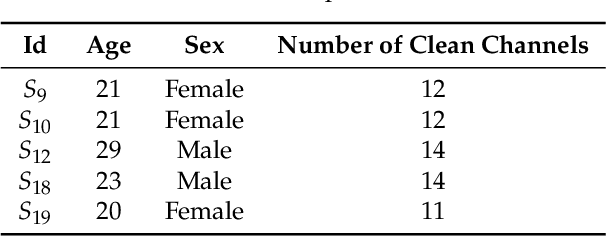
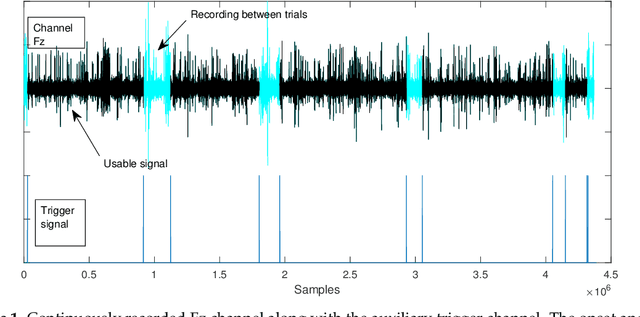
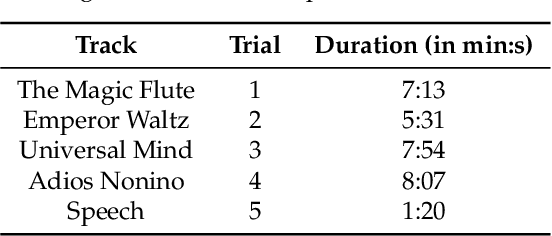
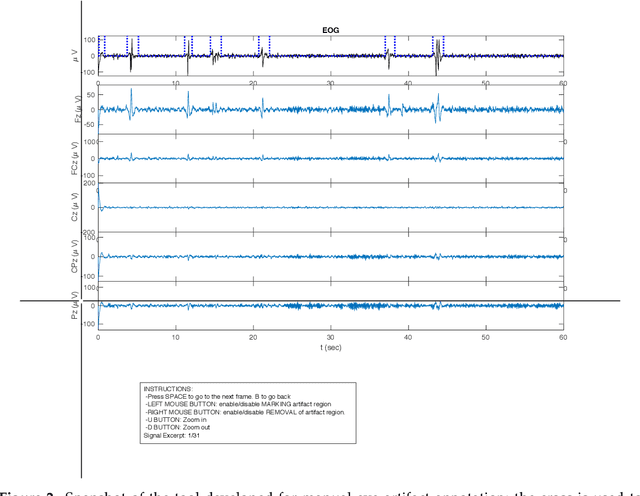
Abstract:We dealt with the problem of artifacts in eeg signals in relation to the usage of lengthy trials. Specifically, we considered eye artifacts found in eeg signals,their influence in the analysis of the data and alternatives to diminish their impact on later studies of brain activity on lengthy tasks. We proposed a scheme of partial rejection on independent signal components, providesd a method to extract eeg signal components with diministhed influence of eye artifacts, and assess the importance of using artifact free signal excerpts to extract signal components in order to analyze brain activity in a musical context.
* 16 pages, journal article
Diffusion map for clustering fMRI spatial maps extracted by independent component analysis
Sep 27, 2013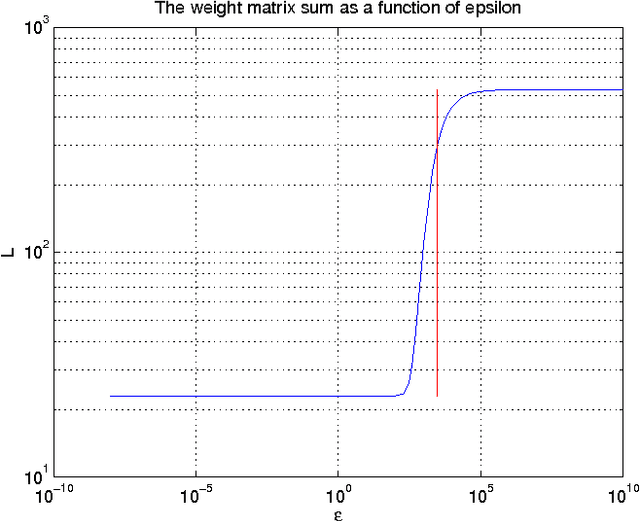

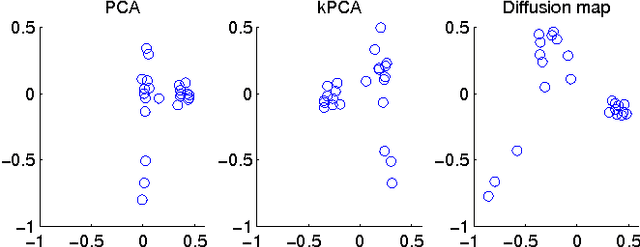

Abstract:Functional magnetic resonance imaging (fMRI) produces data about activity inside the brain, from which spatial maps can be extracted by independent component analysis (ICA). In datasets, there are n spatial maps that contain p voxels. The number of voxels is very high compared to the number of analyzed spatial maps. Clustering of the spatial maps is usually based on correlation matrices. This usually works well, although such a similarity matrix inherently can explain only a certain amount of the total variance contained in the high-dimensional data where n is relatively small but p is large. For high-dimensional space, it is reasonable to perform dimensionality reduction before clustering. In this research, we used the recently developed diffusion map for dimensionality reduction in conjunction with spectral clustering. This research revealed that the diffusion map based clustering worked as well as the more traditional methods, and produced more compact clusters when needed.
 Add to Chrome
Add to Chrome Add to Firefox
Add to Firefox Add to Edge
Add to Edge